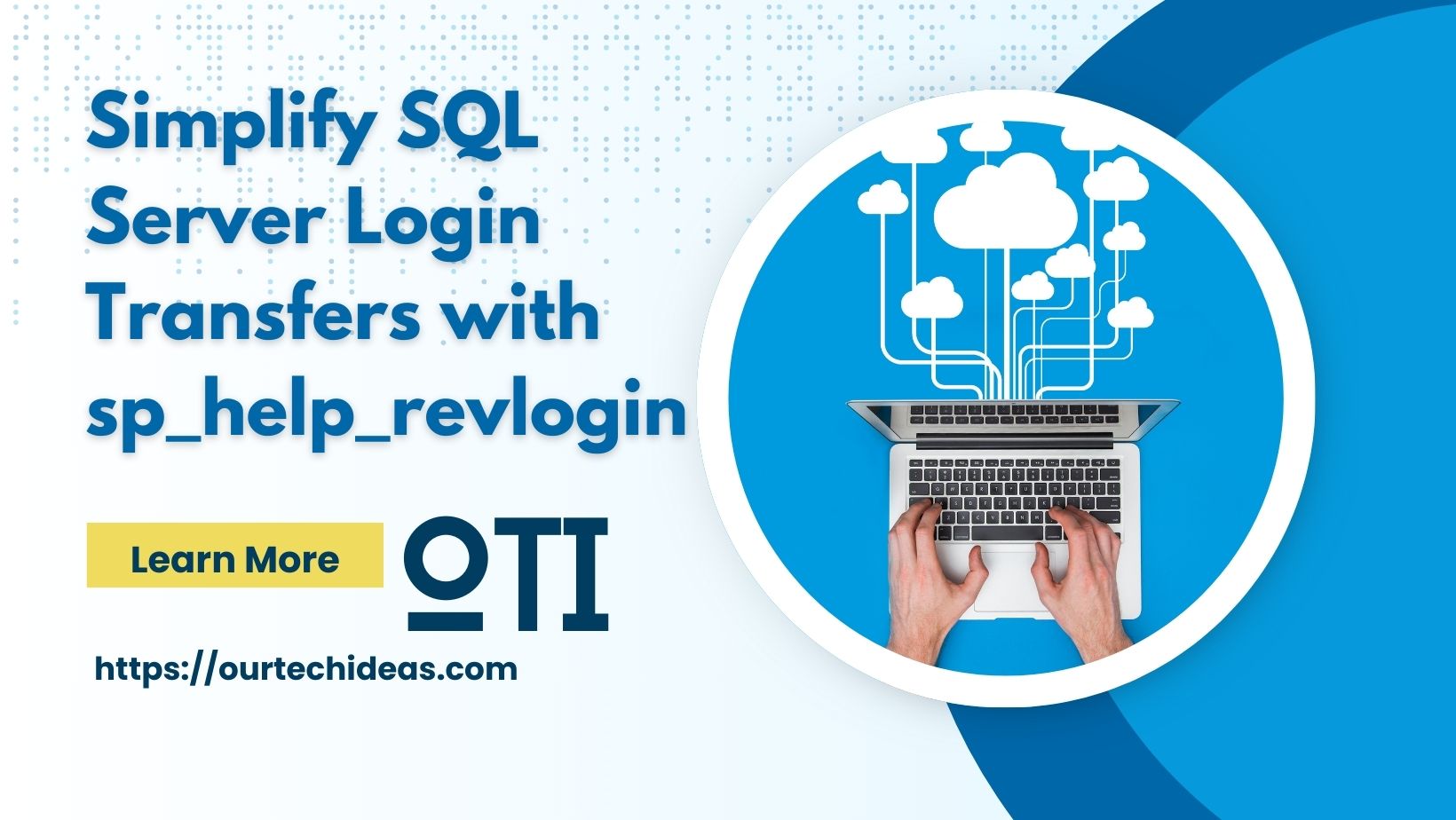As a SQL DBA, there are various essential tasks to perform every day to ensure the smooth operation and security of the database system. These responsibilities include:
- Conducting Regular Backups: It is crucial to regularly back up the database in case of data loss or system failure. DBAs should ensure that backups are running smoothly and verify their validity to restore them if needed.
- Monitoring Disk Space Usage and Drive Space Thresholds: Monitoring disk space usage and drive space thresholds is important to prevent system downtime due to lack of space.
- Monitoring Long-Running Queries and Deadlocks: Monitoring and identifying long-running queries and deadlocks can help optimize query performance and prevent system slowdowns or crashes.
- Monitoring Key Performance Metrics: Keeping track of important performance metrics such as CPU and memory usage can help identify performance issues and take corrective actions to resolve them.
- Monitoring and Alerting on Blocking and Deadlocks: Monitoring and alerting on blocking and deadlocks can help prevent system downtime and ensure the availability of the system.
- Monitoring and Alerting on Failed Jobs: Monitoring and alerting on failed jobs can help prevent data loss and ensure the smooth operation of the system.
- Monitoring and Alerting on Failed Logins: Monitoring and alerting on failed logins can help identify potential security threats and prevent unauthorized access to the system.
- Monitoring and Alerting on System Configuration Changes: Monitoring and alerting on system configuration changes can help prevent unexpected issues caused by changes in the system configuration.
- Monitoring for Suspicious Activity: Monitoring for suspicious activity, such as SQL injection and unauthorized access attempts, can help prevent security breaches and data loss.
- Monitoring and Alerting on Security Changes: Monitoring and alerting on security changes such as users, roles, and access rights can help ensure that the system is secure and that only authorized personnel have access to the database.
- Monitoring and Alerting on the Growth of Large Tables: Monitoring and alerting on the growth of large tables can help prevent performance issues caused by the excessive growth of a table.
- Monitoring and Alerting on Any Changes to Stored Procedures, Views, and Triggers: Monitoring and alerting on any changes to stored procedures, views, and triggers can help prevent unexpected changes to the system and ensure its integrity.
- Monitoring and Alerting on Any Changes to Database Objects and Settings: Monitoring and alerting on any changes to database objects and settings can help prevent unexpected changes to the system and ensure its integrity.
- Monitoring and Alerting on Any Changes to Server Settings and Configurations: Monitoring and alerting on any changes to server settings and configurations can help prevent unexpected issues caused by changes in the server configuration.
- Monitoring Replication and Log Shipping Status: Monitoring replication and log shipping status can help ensure data availability and prevent data loss.




